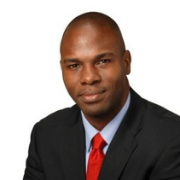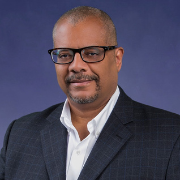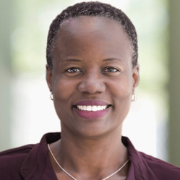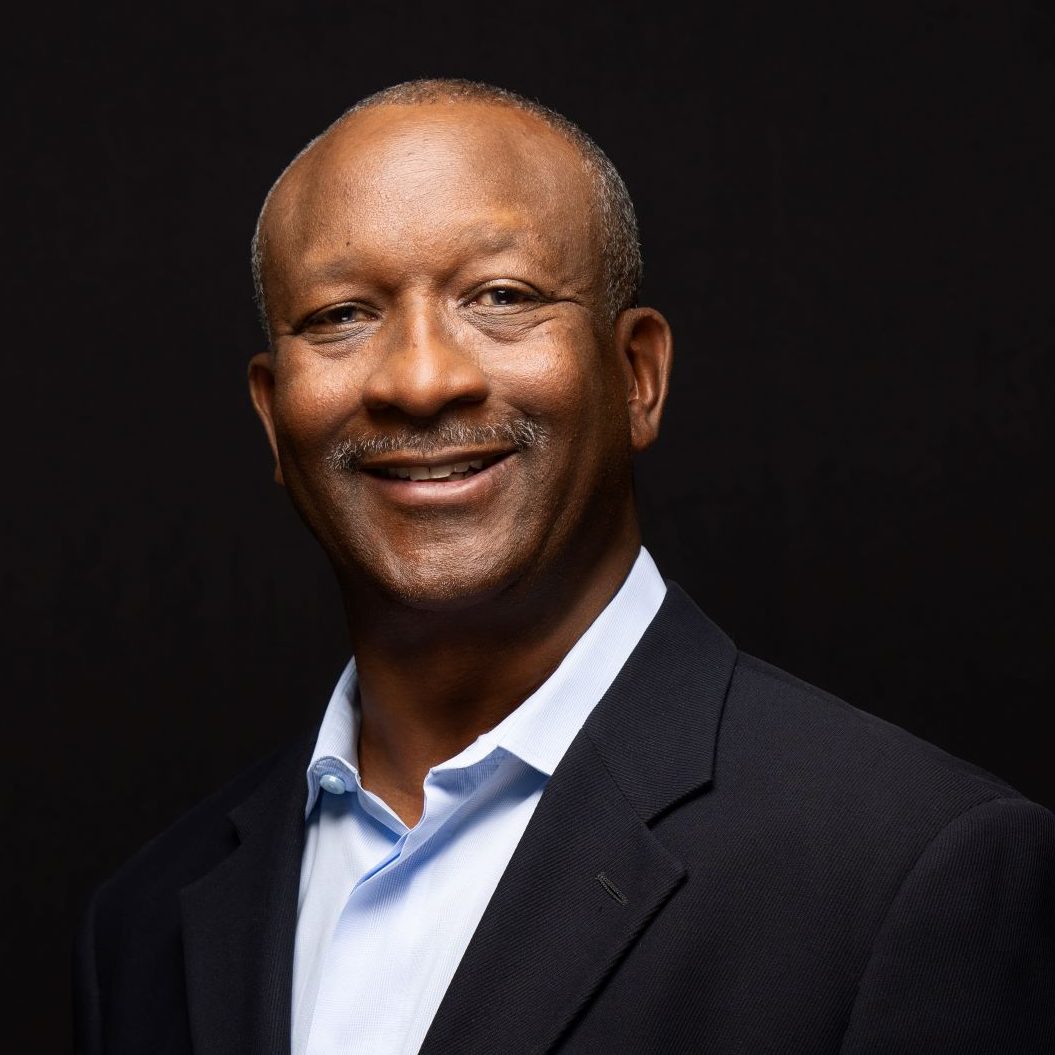Diversity across the globe is an ongoing and evolving conversation — keeping diversity at the center when it comes to people is key to building a successful and sustainable business strategy.
To explore this topic deeper, Dwain Celistan, Managing Partner, Diversity Practice Group Leader hosted a session with people and culture leaders to share insights into how their respective organizations are evolving and maintaining diversity, equity and inclusion. For more insights, watch the webinar replay.
Dwain was joined by Derek Gordon, Chief of Diversity Officer at Colgate-Palmolive; Andrez Carberry, Head of Global Human Resources at John Deere; and Elena Richards, Chief Diversity, Equity and Inclusion Officer at KPMG US.

Head of Global HR
John Deere

Chief Diversity, Equity and Inclusion Officer
Colgate-Palmolive

Chief Diversity, Equity and Inclusion Officer
KPMG US
Through a global lens, the simplest definition of diversity is gender. But it is much more complex. Diversity also encompasses ethnicity, disability, religion, introverts, extroverts and a whole host of personality characteristics. Sometimes, these traits and characteristics provide privilege, while some create barriers. During the session, these leaders in diversity produced five key ideas to help guide and encourage diversity, equity and inclusion:
DE&I Is Not an Initiative, It’s Who You Are as A Company
What can you accomplish if you don’t have the influence of leaders and your entire organization? One of the keys to having diversity, equity and inclusion represented throughout your organization, from the top-down, is to have the support and commitment of your C-suite level leaders. When organization leaders begin to demonstrate what it means to be a part of DE&I, teams will follow. Diversity, Equity and Inclusion should be a part of the definition of who you are as a company.
“We talk about the frozen middle. It’s like you can’t unfreeze the middle if you do not have real belief being delivered from the top part of the organization.”
Derek Gordon, Chief Diversity, Equity, and Inclusion Officer, Colgate-Palmolive
When leaders don’t demonstrate or have tough conversations about DE&I, managers and employees can begin to believe that DE&I is not important or that it is not valued, causing what Derek Gordon referred to as a “frozen middle.” C-suite leaders are role models and must set the example for what it means to be diverse and demonstrate equity and inclusion. Once employees see their executives represent what it means to be part of DE&I, they start to understand that this is more than an initiative, they see the impact and potentially become part of the change.
DE&I Is Front and Center When It Comes to People
The employee journey begins with talent acquisition and onboarding, as the candidate’s first glimpse into your organization and what DE&I means to your company. Many organizations talk about how passionate they are about DE&I or the importance and depth of their commitment.
But instead of talking about what diversity means to your company, imagine the impact of seeing DE&I in action, by implementing and incorporating the language into conversations. Having demonstrable evidence of what DE&I means to you and developing diverse people across all teams, across all diversity spectrums, will help the candidate and employee experience.
“At every gate in the process, DE&I is going to be front and center of decisions that you have to make when it comes to people.”
Andrez Carberry, Head of Global Human Resources at John Deere
Diversity Is Putting the Best Team on the Field
When we are talking about inclusion, we are talking about everyone currently in your workforce and any candidate that you are looking to add to your team or talent pool. Having a pipeline with diverse and developed candidates makes it easier to fill an open role. Candidates are more likely to be successful in higher roles because they have been provided the opportunity to prepare for the next step in their careers. They become the highest qualified for the position, based on talent, skill and knowledge, not based on identity characteristics.
“I’ve had this conversation with leaders, when they aren’t willing to engage in those difficult conversations and give the direct feedback and speak with a certain amount of conviction with respect to their decisions.
That’s when you see this narrative of distrust and what DE&I is bringing versus what it is bringing is the best talent to bear and putting the best team on the field in order to succeed.”
Derek Gordon, Chief Diversity, Equity and Inclusion Officer at Colgate-Palmolive
It can be difficult to hear a candidate is more qualified than another, but you must look through a diversity lens to put the best team on the field. All candidates should be evaluated and considered for a position or promotion because of their demonstrated skillset and proven results. This consideration includes all candidates, no group is excluded. And in all cases, the best candidate should win the role, regardless of gender, sexual orientation or identity characteristics. If a candidate is advanced but is not the most qualified, distrust can be created around the DE&I process.
Talent Planning Must Include Accountability
There are two factors to consider when creating a talent pool, the candidate profile and how they will perform. First, the leadership approach to creating talent pools is looking at how the candidate profile is created and being transparent about what it means to be successful in the role.
Once the profile is developed, creating clear metrics and then measuring and tracking progress is what makes sure that your system is as equitable as possible. Having metrics in place keeps leaders accountable, balanced and successful and provides a better understanding of how each employee and potential candidate will best serve in your business strategy.
“What are the actual steps we’re going to take to credential someone – and who’s accountable for that?”
Elana Richards, Chief Diversity, Equity and Inclusion Officer, KPMG US
Be Cautious About – and Consider Eradicating – the Phrase ‘Culture Fit’
Finding the best candidates for your workforce or talent pool should be based on their experience and accomplishments, not how they might “fit” into an organization or how the candidate may become accustomed to working and functioning every day. New leaders to an organization bring in new perspectives and ideas that will disrupt the way teams currently think and possibly change the behavior of the team for the better.
“Fit is about, ‘how do they fit in helping us to drive the strategy?’ It should not be about how do they fit with respect to the team or the dynamics of how you have become accustomed to functioning and working.”
Andrez Carberry, Head of Global Human Resources, John Deere
When searching for talent, consider a mapping exercise to help you understand what the talent profile looks like outside of your company. A crucial factor when searching for talent is finding candidates that share a commonality in values, not just cultural “fit.”
While DE&I is an evolving environment, navigating diverse characteristics and various perspectives, it becomes more manageable when leaders can define what DE&I means to the organization. Keeping diversity at the center of recruitment and retention of candidates and employees is pertinent to building a successful business strategy.

